Teach students about the six syllable types with this comprehensive interactive teaching presentation.
Teaching the Six Syllable Types Has Never Been So Easy!
Are you about to embark on a journey into the wonderful world of syllable types with your students? Then do we have the resource for you!
This comprehensive teaching presentation has been designed to teach your students about the six syllable types and how these can be helpful when breaking words into their syllables. It contains:
- teaching slides for each of the six syllable types
- a ‘click and check’ interactive review activity for each syllable type
- a ‘drag and drop’ interactive review activity for each syllable type.
Tips for Extension and Scaffolding
If you have a mixture of above- and below-level learners, we have a few suggestions for keeping students on track with these concepts:
🆘 Support Struggling Students
- Provide students with a whisper phone to help them hear the sounds in each syllable/word as they complete the activity.
➕ Challenge Fast Finishers
- Have students create word banks of words for each syllable type. Display these in the classroom as a reminder of the phonemic characteristics of each syllable type.
🧑 Group Learning
- Project the slides onto a screen and work through them as a class by having students record their answers in their notebooks or mini whiteboards.
Choose the File Format You Prefer
Use the dropdown icon on the Download button to choose between the Google Slides or Microsoft PowerPoint version of this resource.
Follow the instructions in the presentation to switch between Presentation mode and Edit mode to enable the interactive features.
This resource was created by Lisamarie Del Valle, a Teach Starter collaborator.


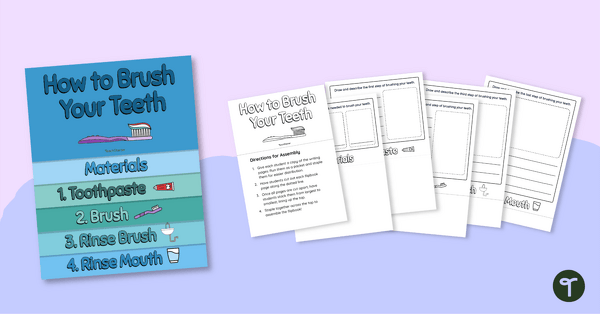
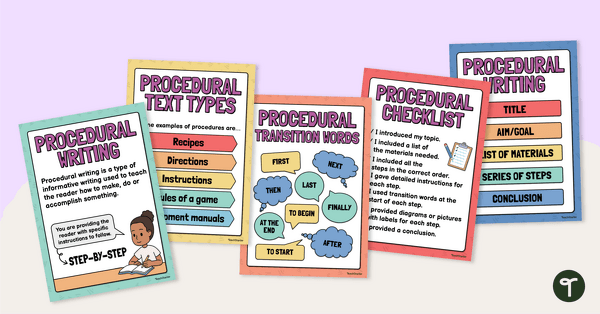

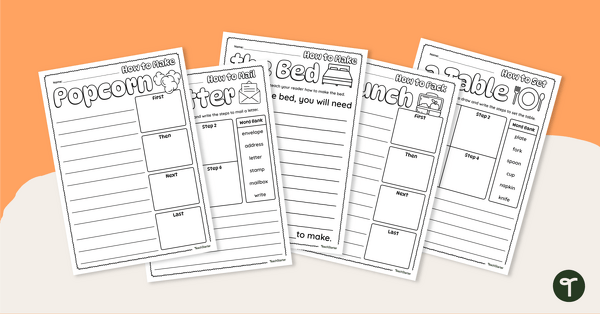



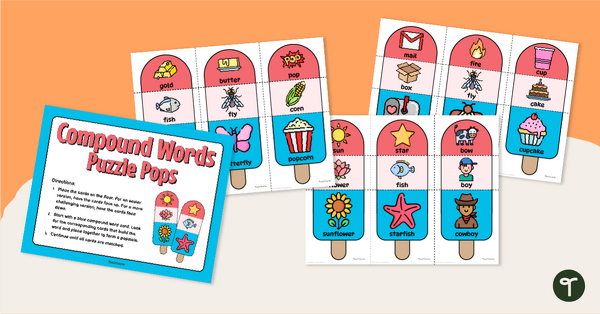

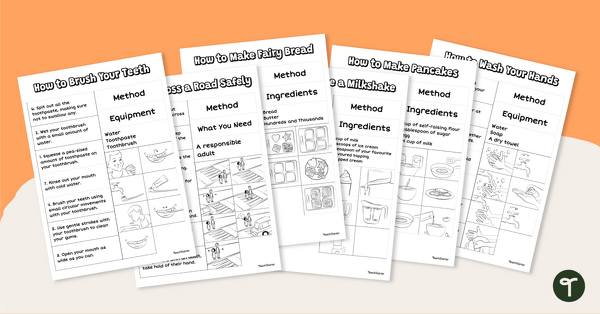
0 Comments
Write a review to help other teachers and parents like yourself. If you'd like to request a change to this resource, or report an error, select the corresponding tab above.